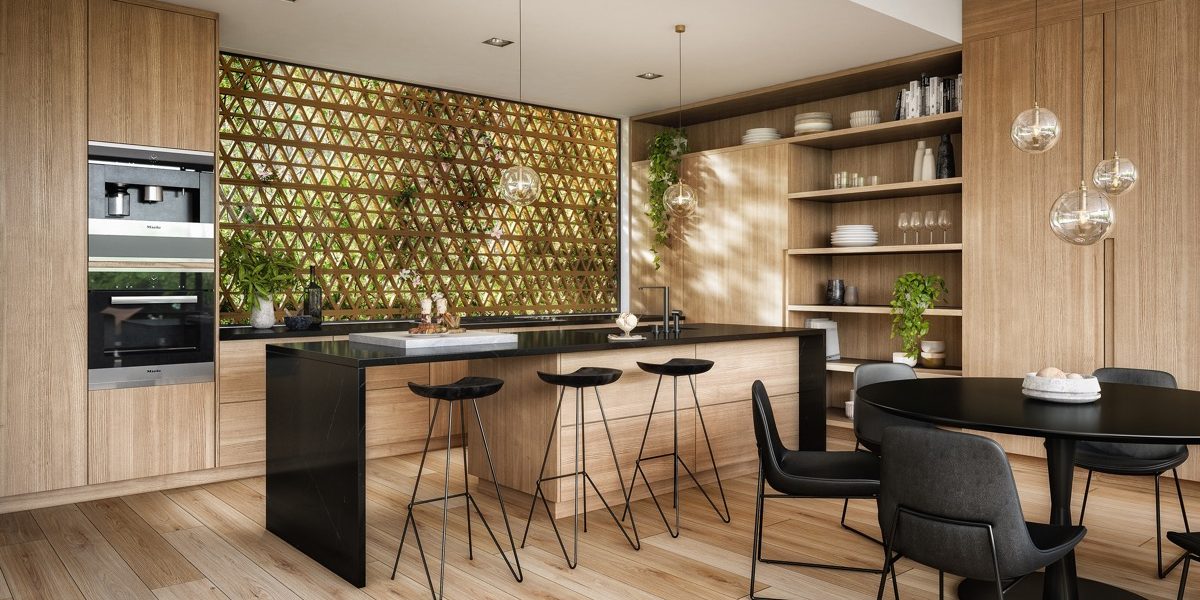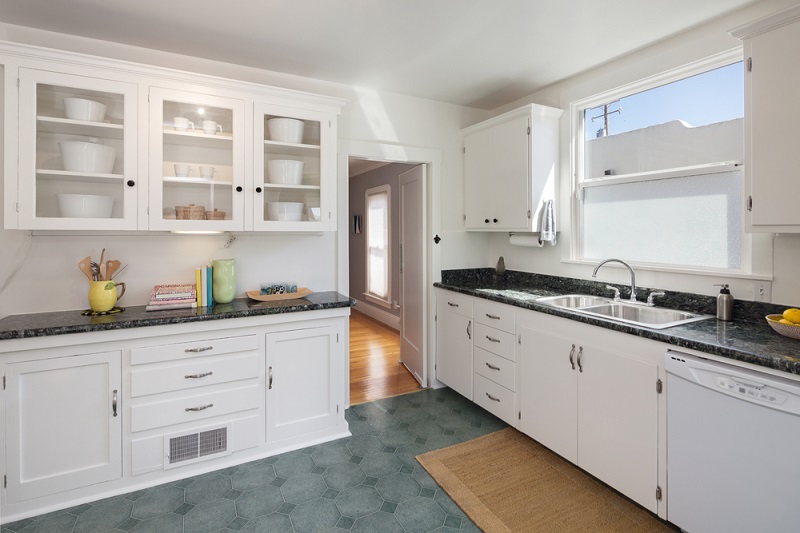The Carpenter’s Expertise

Building beautiful and functional kitchen cabinets requires a skilled carpenter with specialized knowledge and experience. Beyond the basic tools and techniques, a carpenter brings a deep understanding of wood properties, precision, and attention to detail to the craft.
Joinery Techniques, Carpenter for kitchen cabinets
The strength and longevity of kitchen cabinets rely heavily on the quality of their joinery. This involves creating strong and durable connections between different pieces of wood, ensuring the cabinet structure remains sturdy over time.
- Mortise and Tenon Joints: This traditional technique involves creating a precisely cut tenon on one piece of wood that fits snugly into a mortise (a hole) cut into another piece. These joints provide exceptional strength and stability.
- Dovetail Joints: Known for their distinctive interlocking shape, dovetail joints are highly resistant to separation, particularly under stress. They are often used for drawer fronts and cabinet sides, ensuring a secure and visually appealing connection.
- Pocket Hole Joinery: This modern technique uses specialized jigs to create angled holes for screws, allowing for quick and strong assembly. While not as visually appealing as traditional joinery, it offers a reliable and efficient method for cabinet construction.
Finishing Techniques
The final step in creating beautiful kitchen cabinets involves applying finishes that protect the wood, enhance its natural beauty, and add a desired aesthetic.
- Staining: Staining adds color and depth to the wood, showcasing its natural grain patterns. Different stains offer various shades and finishes, allowing for personalized customization.
- Painting: Painting provides a smooth and uniform surface, offering a wide range of colors and finishes. It can cover imperfections and create a clean, modern look.
- Varnishing: Varnish provides a protective layer that shields the wood from moisture, scratches, and UV damage. It enhances the natural sheen of the wood, preserving its beauty over time.
Installation
The final stage of kitchen cabinet construction involves precise and careful installation to ensure a seamless integration with the surrounding kitchen space.
- Leveling and Alignment: Precise leveling and alignment are crucial for ensuring the cabinets are installed correctly, creating a visually pleasing and functional kitchen.
- Securing to Walls: Cabinets are securely attached to walls using screws, brackets, or other fastening methods, ensuring they remain stable and safe for use.
- Adjusting and Fine-Tuning: After installation, adjustments may be necessary to ensure proper door and drawer alignment, ensuring smooth operation and a polished finish.
Cabinet Design and Functionality

Kitchen cabinets are the heart of any kitchen, providing essential storage and functionality. Their design and functionality play a crucial role in creating a practical and aesthetically pleasing space.
Cabinet Styles
The style of your kitchen cabinets can significantly impact the overall look and feel of your kitchen. Popular styles include traditional, contemporary, and modern. Traditional cabinets often feature intricate details, such as raised panels and ornate hardware. Contemporary cabinets tend to have clean lines and sleek designs, often with flat panels and minimal hardware. Modern cabinets are characterized by their bold and minimalist aesthetics, often featuring geometric shapes and bold colors.
Cabinet Materials
The material used for your kitchen cabinets will determine their durability, appearance, and cost. Common materials include wood, laminate, and thermofoil.
- Wood: Natural wood is a classic and timeless option that offers durability, warmth, and a unique aesthetic. Common wood choices include cherry, maple, oak, and walnut.
- Laminate: Laminate is a cost-effective option that is available in a wide range of colors and patterns. It is durable and resistant to scratches and stains.
- Thermofoil: Thermofoil cabinets are made with a melamine core that is covered with a vinyl film. They are highly moisture-resistant and are available in a variety of finishes.
Kitchen Layout and Storage Needs
When designing your kitchen cabinets, it’s essential to consider the layout of your kitchen and your storage needs. A well-designed kitchen layout should maximize efficiency and functionality.
- Work Triangle: The work triangle, formed by the sink, stove, and refrigerator, is a fundamental concept in kitchen design. It should be designed to allow for easy movement and efficient workflow.
- Storage Solutions: Consider your storage needs and choose cabinets that offer the appropriate amount of space for your kitchenware, appliances, and food. This may include deep drawers, pull-out shelves, and corner cabinets.
Sample Kitchen Cabinet Layout
Here’s a sample kitchen cabinet layout that incorporates various features:
| Cabinet Type | Description |
|---|---|
| Base Cabinets | Lower cabinets with drawers and shelves for storing pots, pans, and other kitchen essentials. |
| Wall Cabinets | Upper cabinets for storing dishes, glasses, and other items that are frequently used. |
| Corner Cabinet | A cabinet designed to maximize storage in a corner space. |
| Pantry Cabinet | A large cabinet that can be used to store food, appliances, and other items. |
| Island Cabinet | A cabinet that is located in the center of the kitchen, often with a countertop for food preparation or dining. |
Aesthetic Preferences
Your personal aesthetic preferences should also guide your cabinet design decisions. Consider the overall style of your kitchen and choose cabinets that complement the existing décor.
Materials and Construction: Carpenter For Kitchen Cabinets

The foundation of any durable and aesthetically pleasing kitchen cabinet lies in the materials and construction methods employed. Choosing the right materials and construction techniques is crucial to ensure both functionality and longevity.
Wood Types
The choice of wood significantly influences the look, durability, and cost of your kitchen cabinets. Here are some popular wood types used for cabinet construction:
- Hardwoods: Hardwoods, such as oak, maple, cherry, and walnut, are known for their strength, durability, and beautiful grain patterns. They are generally more expensive than softwoods.
- Softwoods: Softwoods, like pine and fir, are less expensive and easier to work with, but they may not be as durable as hardwoods. They are often used for less-demanding applications like cabinet boxes.
- Engineered Woods: Engineered woods, like plywood and medium-density fiberboard (MDF), are manufactured by combining wood veneers or wood fibers with adhesives. They offer consistent quality, stability, and affordability, making them popular choices for cabinet construction.
Hardware
Cabinet hardware plays a crucial role in functionality and aesthetics. It includes hinges, drawer slides, knobs, and pulls.
- Hinges: Hinges allow doors to open and close smoothly. They come in various styles, including concealed, half-overlay, and full-overlay hinges.
- Drawer Slides: Drawer slides provide smooth and easy drawer operation. They come in different types, including side-mounted, under-mount, and full-extension slides.
- Knobs and Pulls: Knobs and pulls are used for opening drawers and doors. They come in a wide variety of materials, styles, and finishes to complement the overall kitchen design.
Finishes
Cabinet finishes protect the wood from damage and enhance its aesthetic appeal. Common finishes include paint, stain, and varnish.
- Paint: Paint provides a durable and versatile finish that can be customized to any color.
- Stain: Stain penetrates the wood surface, enhancing its natural grain pattern and adding color.
- Varnish: Varnish creates a protective layer over the wood, enhancing its durability and gloss.
Comparison of Materials
| Material | Pros | Cons |
|---|---|---|
| Solid Wood |
|
|
| Plywood |
|
|
| Engineered Wood |
|
|
Cabinet Construction Methods
The construction method used for kitchen cabinets significantly impacts their durability, functionality, and aesthetics. Here are some common cabinet construction methods:
- Frame-and-Panel: This traditional method involves constructing a frame around a panel, offering a sturdy and classic look.
- Slab: Slab cabinets feature a single piece of material for both the door and the frame, creating a minimalist and modern look.
- Euro-style: Euro-style cabinets are characterized by their sleek and contemporary design, often featuring concealed hinges and integrated handles.
Pros and Cons of Cabinet Construction Methods
| Construction Method | Pros | Cons |
|---|---|---|
| Frame-and-Panel |
|
|
| Slab |
|
|
| Euro-style |
|
|
Carpenter for kitchen cabinets – While a skilled carpenter can craft custom kitchen cabinets that perfectly fit your space and style, for those seeking a more budget-friendly option, pre-made cabinets from brands like allen and roth kitchen cabinets offer a compelling alternative. These cabinets provide a balance of quality and affordability, allowing homeowners to achieve a stylish kitchen without breaking the bank.
However, even with pre-made cabinets, a carpenter’s expertise can still be valuable for installation and ensuring a seamless fit within the kitchen layout.
A skilled carpenter for kitchen cabinets can expertly craft not only the cabinetry itself, but also the details that elevate the overall design. This can include the addition of a soffit above the cabinets, a feature that can enhance the aesthetic and functionality of the kitchen.
For more information on the style and function of soffits, check out this helpful resource: soffit in kitchen above cabinets. A carpenter can seamlessly integrate a soffit into the kitchen design, adding a touch of elegance and maximizing the space above the cabinets.
